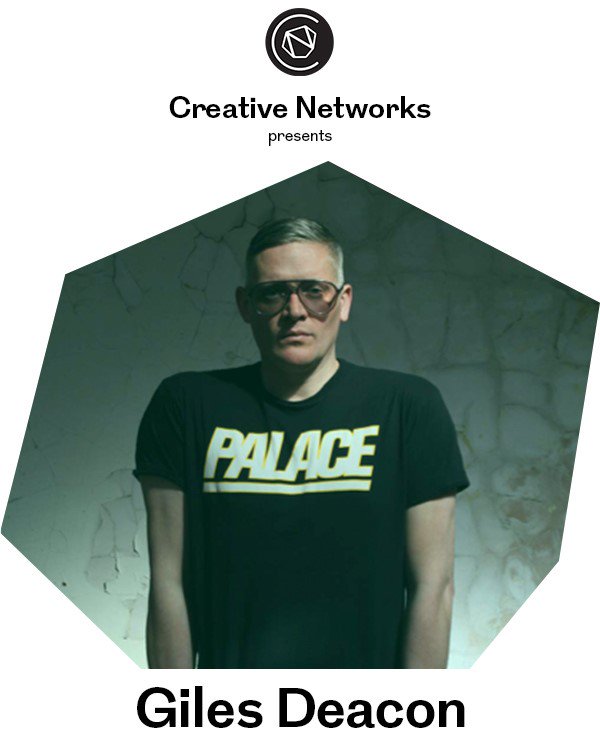Brief:
Television channels such as ITV and the BBC have recently had rebrands to keep them current. Rebrand a different television channel from the following list:
Dave, Really, Syfy, TLC
To be able to achieve this, you will have to research into the beliefs and demographic of the television channel and also the history of the design within the channel.
Considerations:
Consider the audience of the channel currently and the demographic.
Consider the future of television and how this could impact the channel - create a solution for this.
Deliverables:
Research into the television channel & television as a whole.
A new logo design.
All blog posts to be posted to Studio Practice blog.
Time Scale:
2-3 weeks.
Brief:
As an extension of the previous brief, create a 10-20 second animation to support the rebranding of the television channel. The objective of the brief is to increase interest, engagement and viewer numbers with the channel. Deliver an experience that gets both viewers and the media interested in the television channel.
Considerations:
Consider the audience of the channel currently and the demographic.
Use mixed media, such as audio and video to communicate your message.
Deliverables:
3-5 storyboards illustrating different ideas.
A 10-20 second sting animation or video.
All blog posts to be posted to Studio Practice blog.
Time Scale:
4-5 weeks.
Brief:
Research into the do’s and don’t’s on designing for accessibility. Create a piece of graphic design specifically for one of the chosen disabilities, using the guidance from the information you find out. The aim of this project is to show your awareness of the importance of design and the audience.
Considerations:
Consider the audience - who will be viewing your piece of work? Will it be legible?
Deliverables:
Research into designing for disabled people, and then expand your research for your chosen disability.
A print, publication or website design aimed at this specific disability.
All blogposts to be posted to Studio Practice blog.
Time Scale:
1 week.
Brief:
Respond to one of the D&AD or YCN Briefs. The importance of this will be to get your name out into the world, and it’s a really great thing to put onto your CV if you are successful.
Considerations:
Consider how other people would respond - don’t respond in the most obvious way.
Deliverables:
Requirements of D&AD Brief.
Time Scale:
4-5 weeks.
Brief:
Live brief: Contact Independent Leeds/new upcoming store openings and ask if they would let you brand their event/opening. This would be an interesting brief as it would get your design out into the city and have potential to create opportunities for the future.
Considerations:
Consider the stores that already exist around Leeds - the store would need to fit in with Leeds, however it would also need to stand out.
Deliverables:
Branding / posters / animation / video advertisements etc.
Blog posts on Studio Practice blog.
Time Scale:
3-4 weeks.
Brief:
Recently the giant panda has been downgraded from ‘endangered’ to ‘vulnerable’. This is huge news, however WWF’s logo is of a giant panda. It has had the logo design since 1961 and it is long overdue a revamp and rebrand. Rebrand the logo so that it will be relevant for many years to come.
Considerations:
Consider why the logo is so successful
Who sees the logo?
Who engages with the campaigns?
Look into other logo designs, e.g. The Dodo - what makes this successful?
Deliverables:
A body of research about WWF.
A revamped logo design that is still noticeably for WWF.
Time Scale:
4-5 weeks.







































